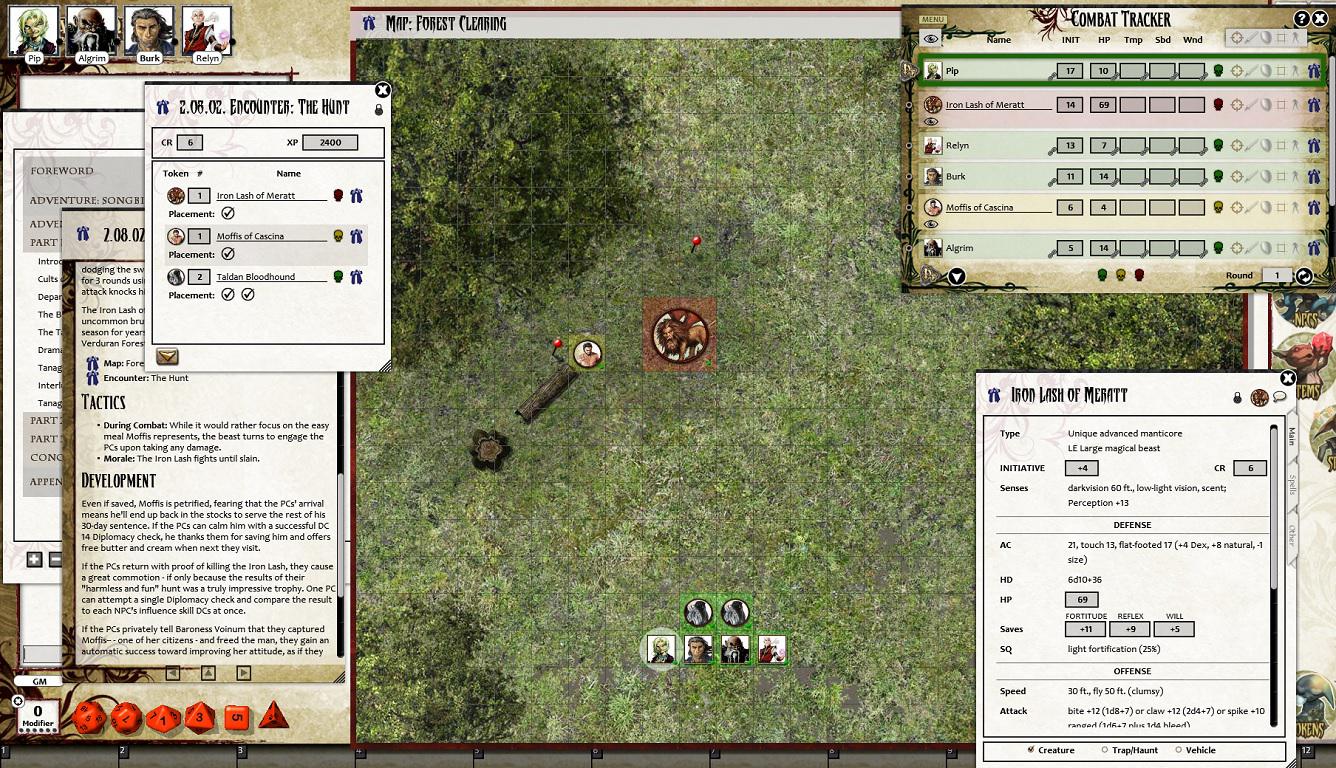

Now the besieger’s side of the equation may seem like an odd place to start a primer on fortifications, but it actually makes a fair bit of sense, because the capabilities of a potential attacker is where most thinking about fortification begins.

And if you want updates whenever a new post appears, you can click below for email updates or follow me on twitter for updates as to new posts as well as my occasional ancient history, foreign policy or military history musings. We’re also going to discuss the strategic concerns that motivate the attacker since, as Clausewitz tells us (drink!) the political object fundamentally dictates (or ought to dictate) the conduct of war and that includes siege warfare.Īs always, if you like what you are reading here, please share it if you really like it, you can support me on Patreon.

In particular, we’re going to look at the evidence for the siege-assault toolkit employed by the Neo-Assyrian Empire (911-609 BC), who enjoyed a well-earned reputation as one of the most effective siege-attackers of the ancient world, matched perhaps only by the Romans and Macedonians. Though we’ll also discuss some of the earliest evidence for permanently fortified cities, this week we’re going to begin principally with a look at the problem of a fortified city from the perspective of the attacker as a way to set the foundation for the kinds of assaults that the designers of defensive systems are looking to defeat.

Naturally, with this chronological range, we are not going to cover everything or even most things in that period, but the aim here is by hitting the ‘high points,’ we can cover some of the major principles which determined why fortifications took the form that they did (and thus why they were assaulted in the ways that they were). Throughout this, we are going to stay mostly centered geographically on the broader Mediterranean world, though I will make occasionally connections to the ways in which fortification techniques were similar or different in other areas of the world.
#Fortification fantasy grounds 2 effects series
Includes methods for analysis of flours and bread-related compounds in other foods.This is the first part of a planned five-part series covering some of the basics of fortifications, from city walls to castles and field fortifications! We are going to discuss what fortifications were for and how their design changed in response both to different strategic and operational conditions and also to changing technology. "Flour and Breads and their Fortification in Health and Disease Prevention" provides a single-volume reference to the healthful benefits of a variety of flours and flour products, and guides the reader in identifying options and opportunities for improving health through flour and fortified flour products.Įxamines those flour and bread related agents that affect metabolism and other health-related conditions.Įxplores the impact of compositional differences between flours, including differences based on country of origin and processing technique. Third, flour and breads provide a suitable means for fortification: either to add components that are removed in the milling and purification process or to add components that will increase palatability or promote health and reduce disease per se. There are many different ways that flours are used in the production of staple foods. Second, not all flours are used to make leavened bread in the traditional (i.e., Western) loaf form. There are literally dozens of flour types, each with their distinctive heritage, cultural roles and nutritive contents. The first is that not all cultures consume bread made from wheat flour. However, consideration must be taken of three major aspects related to flour and bread. Their complex nature provides energy, protein, minerals and many other macro- and micronutrients. Bread and flour-based foods are an important part of the diet for millions of people worldwide.


 0 kommentar(er)
0 kommentar(er)
